Currents of Sustainability: Offshore Wind Farms for Renewable Energy
Elizabeth Ruiz
Posted 12/13/2023
Introduction
Earlier this month, the US started up its first commercial offshore wind farm in Long Island, NY as part of the progression toward the goal of 80% renewable energy by 2030 and carbon-free electricity in 2035. Two more farms are currently under construction off the coasts of Connecticut and Massachusetts. (Reported by manufacturing.net)
Offshore wind farms are an integral part of the changeover to renewable energy (along with solar and hydropower). What are the benefits of building more offshore wind farms? What are the risks and difficulties faced in opening and operating the farms? What are best practices for reliability and maintenance in offshore wind farms? What are basic safety guidelines for personnel working on offshore wind farms?
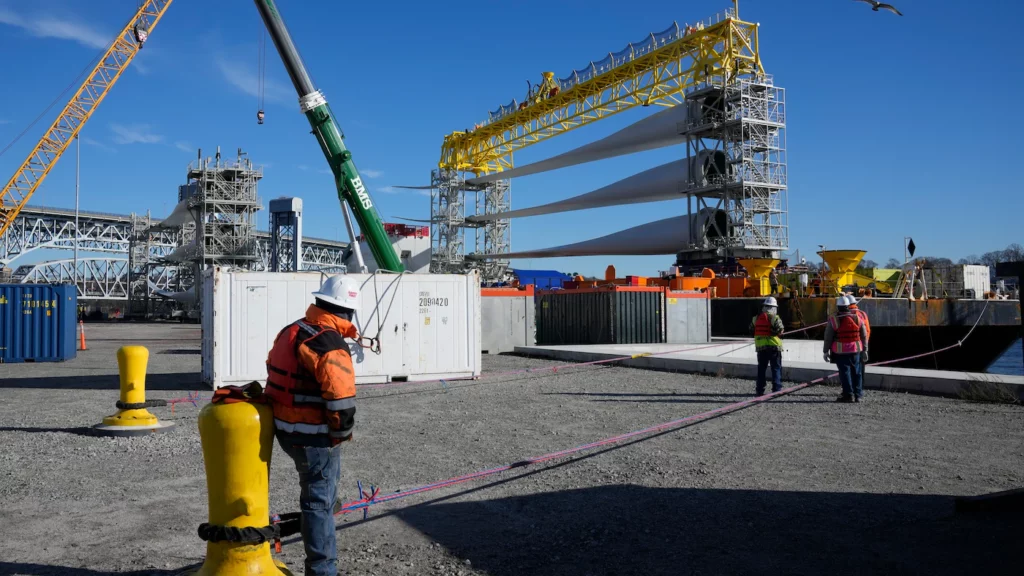
Benefits of Energy from Offshore Wind Farms
As in any other industry, there are positives and negatives to harnessing energy using offshore wind farms. Let’s look at the benefits:
Climate and Health – Replacing fossil fuels-burning generators with offshore wind energy reduces greenhouse gasses that worsen climate change and cause respiratory and cardiovascular disease as well as premature death.
Economic Growth and Workforce Development – The offshore wind industry is expected to bring billions of investment dollars and 10,000 jobs to New York. Similar success could be predicted in other areas where offshore wind farms are being developed.
Resiliency – Offshore wind energy diversifies the electricity supply and strengthens/modernizes the electricity grid with private investments.
Wind Speed – Offshore wind speed is faster than land wind speed. Even small increases in wind speed allow for large production increases. This means that much more energy can be generated by offshore wind. Offshore wind speeds are also steadier, creating a more reliable energy source.
Highly Populated Coast Areas – Half of the US population live in coastal areas, with high population density in major coastal cities, so it would be very beneficial to have wind farms in these areas to meet the high energy needs.
Other Benefits – Offshore wind farms provide renewable energy, they don’t consume water, they provide a domestic energy source (enabling economic growth), create well-paying jobs, work in a variety of landscapes, are cost-effective, and don’t emit harmful environmental pollutants or greenhouse gasses.
(List compiled with information from the New York State Energy Research and Development Authority and The American Geosciences Institute – use these links for even more detailed information backed up by studies and other entities.)
Now that we have explored the benefits of offshore wind energy, let’s look at some of the risks and drawbacks offshore wind farms are facing.
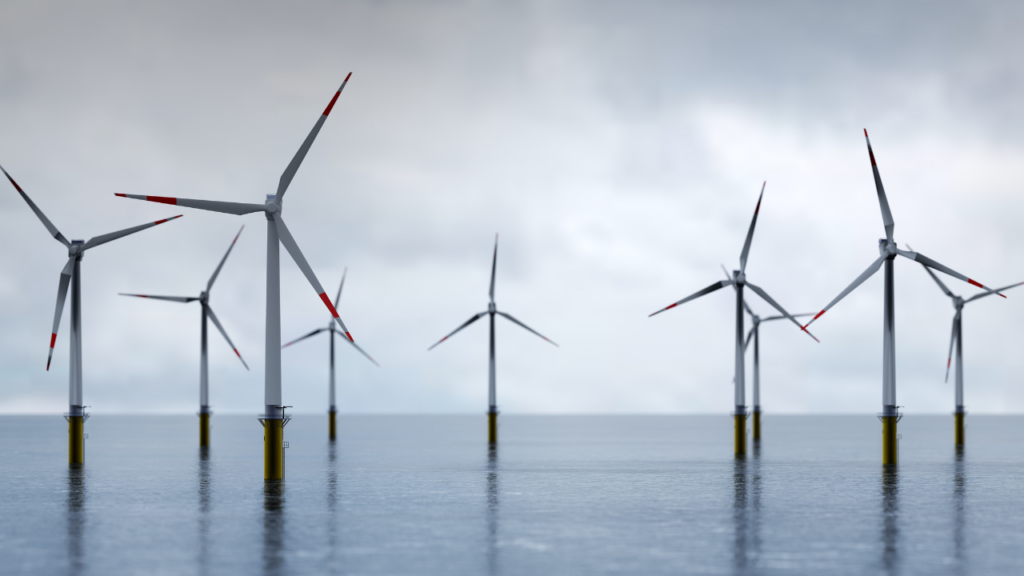
Risks and Difficulties Faced by Offshore Wind Industry
The offshore wind energy industry is making waves in the renewable energy field, but it isn’t without risks and drawbacks.
Two large offshore wind projects in New Jersey have been canceled due to supply chain issues, higher interest rates, and lack of sufficient tax credits. Other developers in New England have also recently canceled, citing that the projects were no longer financially sustainable. Setbacks like these put clean energy goals in danger.
The Office of Energy Efficiency and Renewable Energy lists these challenges of offshore wind farms:
Competition – Offshore wind energy is in competition with other low-cost energy sources in areas that are not windy enough. New technology, manufacturing improvements, and better understanding of how offshore wind farms work can help bring those costs down.
Location – Good wind sites are often remote, which creates a challenge to bring electricity from wind farms to urban areas. Upgrading the transmission network in the US to connect with areas with good wind resources could greatly reduce expansion costs. Offshore wind energy transmission and grid interconnection capabilities are also improving.
Noise Pollution and Visual Aesthetics – Turbine blades are very noisy and offshore wind farms do have a visual impact on the landscape (similar to other emerging energy sources).
Local Wildlife – Wind projects do rank lower than other emerging energy sources in terms of environmental impact, but the impact is still there and more research is needed to minimize interaction with wildlife. New technology, selecting proper sites for offshore wind farms, and ongoing environmental research is being done to reduce impact on wildlife.
Cultural Resources – Potential impact on architectural and archaeological resources must be taken into consideration as well. Research is currently being conducted to avoid/minimize harm. (Cultural Resources Study NYSERDA, December 2017)
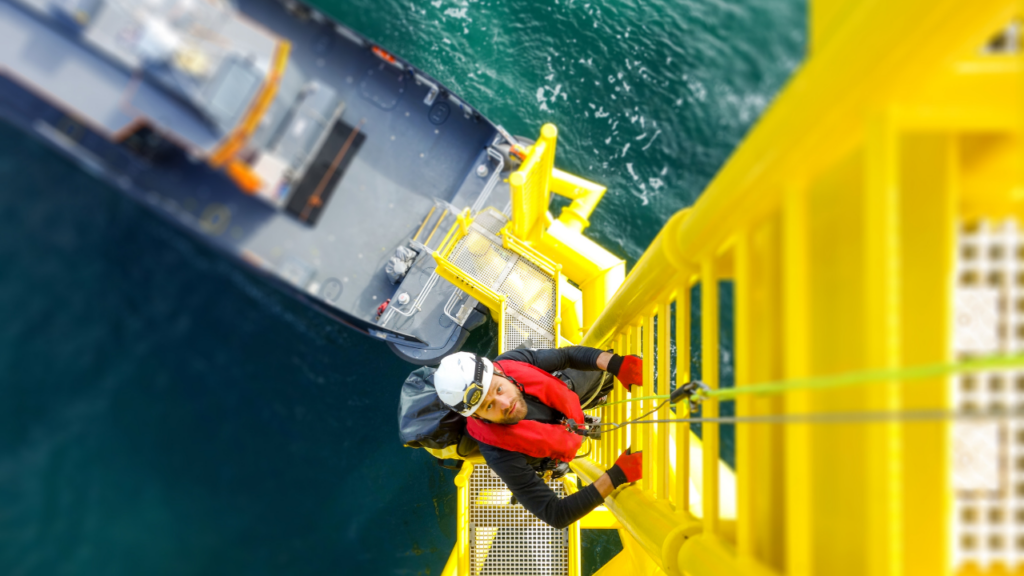
Reliability and Maintenance in Offshore Wind Farms
Failure of wind turbine components can lead to unscheduled downtime, expensive repair equipment rental fees, and general revenue loss. For these reasons, it is necessary to develop a robust reliability and maintenance plan to save money and keep personnel safe.
A good reliability and maintenance strategy is vital to every organization in any industry, but each industry has specific concerns to address. Let’s dive into what R&M to focus on in offshore wind farms.
One group researching ways to increase reliability in the wind power industry is The National Renewable Energy Laboratory (NREL). Their main focus is on component reliability and power grid interaction:
Wind Turbine Drivetrain Reliability – The premature failure of drivetrain components, including pitch and main bearings, gearboxes, and generators increases cost of operations and maintenance of offshore wind farms. Led by the NREL, the Drivetrain Reliability Collaborative project combines many approaches to increase drivetrain reliability and turbine availability as well as reduce costs.
Wind Turbine Blade Reliability – While it is extremely rare for wind turbine blades to fail, it is catastrophic when they do. Blade manufacturers therefore require extensive testing of blade properties, static mechanical tests, and fatigue testing to certify wind blade and turbine designs. Full-scale blade validation and subcomponent tests are carried out at National Wind Technology Center facilities.
Power Grid Reliability – The NREL has developed the Controllable Grid Interface (CGI) evaluation system to conduct evaluations required for certification in a controlled lab environment. (Get the details here). The CGI is able to verify compliance with standards, quickly provide grid operators with performance information to validate turbines, and evaluate the frequency response controls of wind turbines and energy storage.
FireTrace International provides day-to-day reliability and maintenance tips for offshore wind farms.
Monitoring and Predictive Maintenance – Identify components that are likely to fail soon to keep costs down and avoid expensive/time-consuming repairs. Identify the maintenance tasks that need to be performed and schedule any maintenance that requires leasing cranes or other equipment. Adjust scheduled preventive maintenance based on data collected to optimize cost associated with maintenance and unscheduled repairs.
Preventive Maintenance – Perform PM effectively to reduce component failures. Here is FireTrace’s general list of maintenance tasks for offshore wind farms:

Safety in Offshore Wind Farm Operations
Personnel safety is always of the utmost importance in at every offshore wind farm. According to Crosby Airpes, it is important to remember that offshore wind farms are often located in areas that are difficult to access with weather that can be harsh. The many components used in wind turbines can also pose danger to personnel working on the farms and have their own specific safety considerations. Working at substantial heights and with complex electrical systems requires extreme caution.
Here are some basic safety guidelines from Crosby Airpes to follow on offshore wind farms:
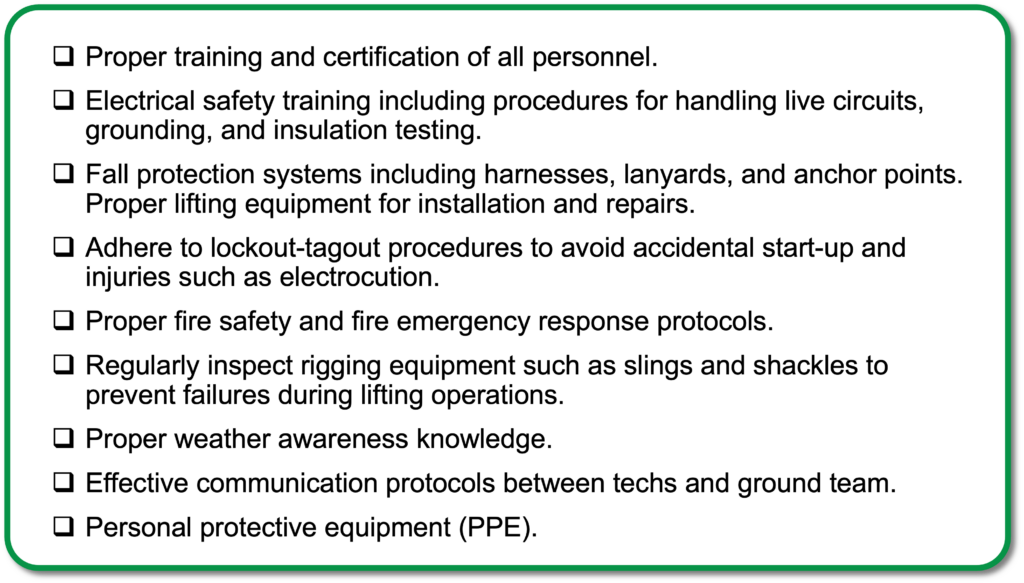
Conclusion
To summarize, offshore wind farms represent a crucial step toward achieving renewable energy goals, offering benefits such as climate improvement, economic growth, and job creation. However, challenges like supply chain issues and financial viability exist, emphasizing the need for ongoing research and development. Reliability and maintenance efforts aim to optimize efficiency, minimize downtime, predict failures, and prolong component life. Ensuring personnel safety remains paramount in the industry’s growth and requires strict adherence to safety guidelines. As the offshore wind sector grows, addressing challenges through innovation and safety measures will be key to establishing its potential as a sustainable energy source.
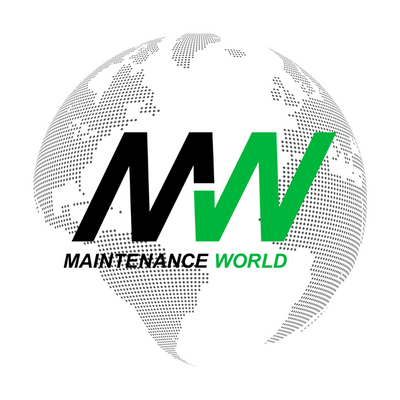
Midweek with Maintenance World
Looking for a midweek break? Keep up with the latest news brought to you by the Maintenance World Crew.
Related Articles
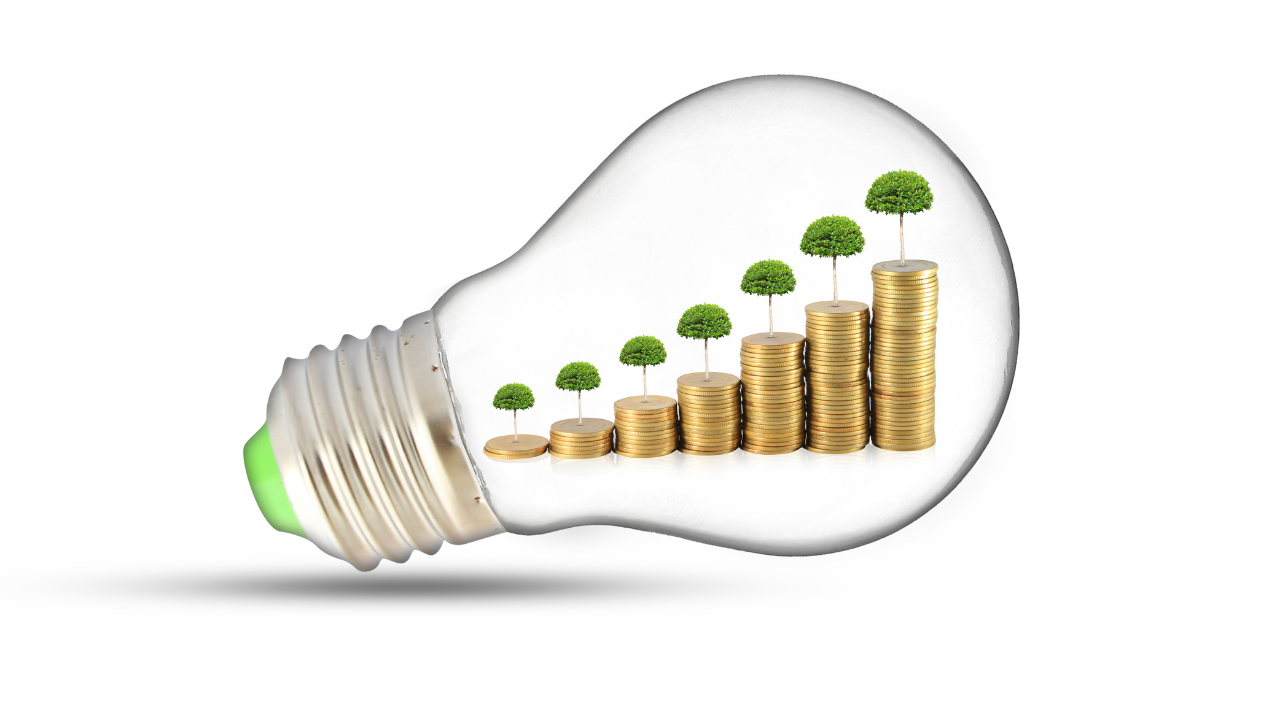
Achieve Energy Savings in Plant Facilities

Fluid Power Safety Alert

Reliability Centered 'Workforce' Maintenance
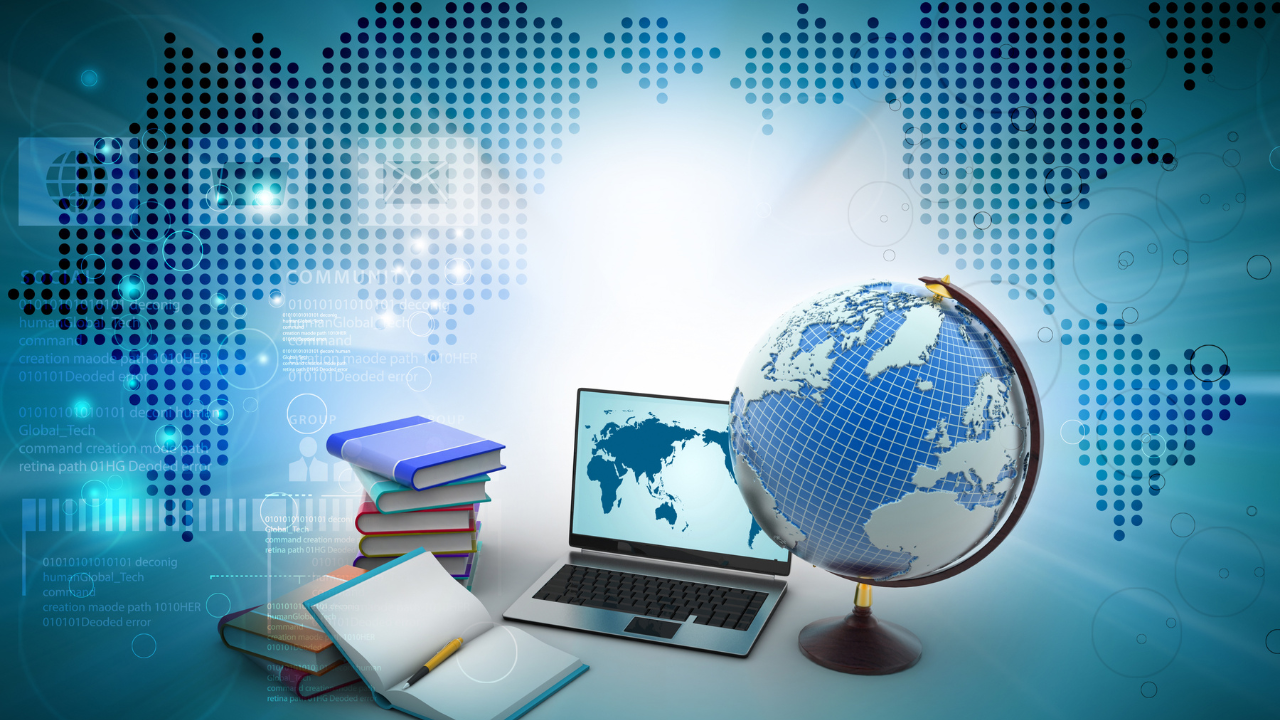
Reliability and Current Best Practices - An Educational Journey

Reliability and Maintenance Implementation Model
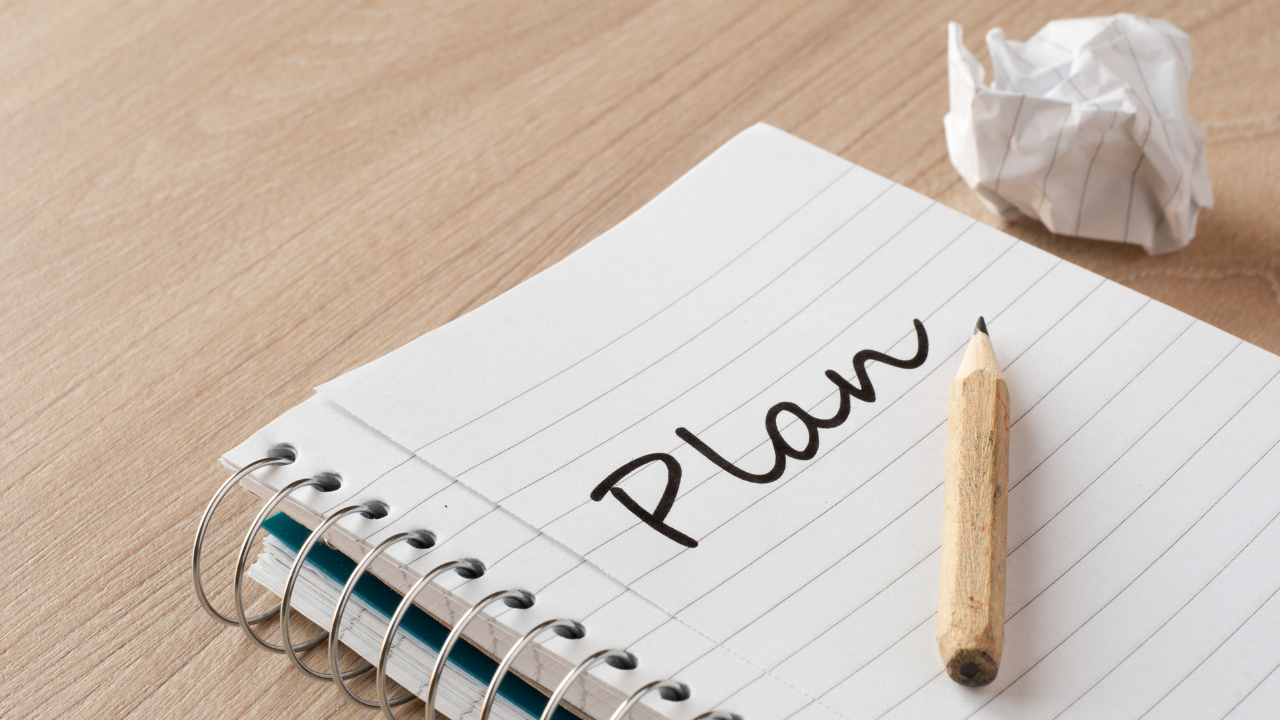
Tips for Maintenance Planning

The Role of Information Technology in Plant Reliability

Avoid Waste: Lean Maintenance Can Reduce Overall Costs
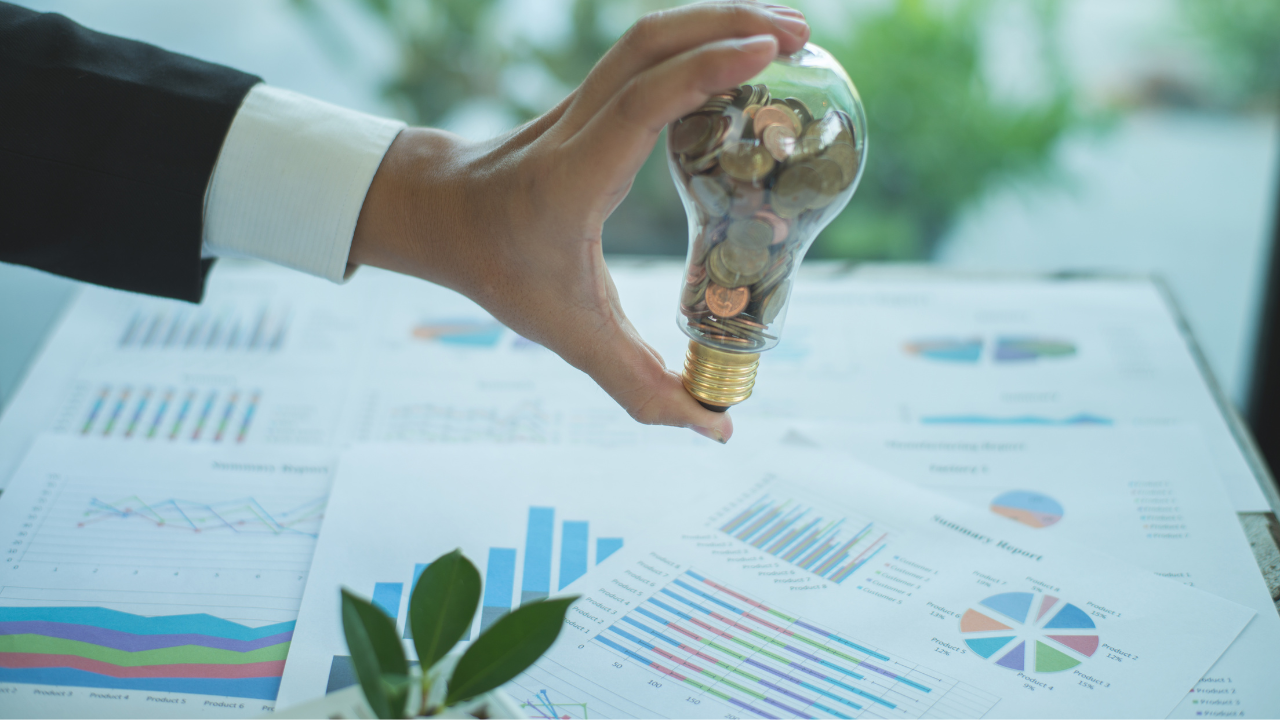
Energy Savings Through Pump Refurbishment and Coatings




